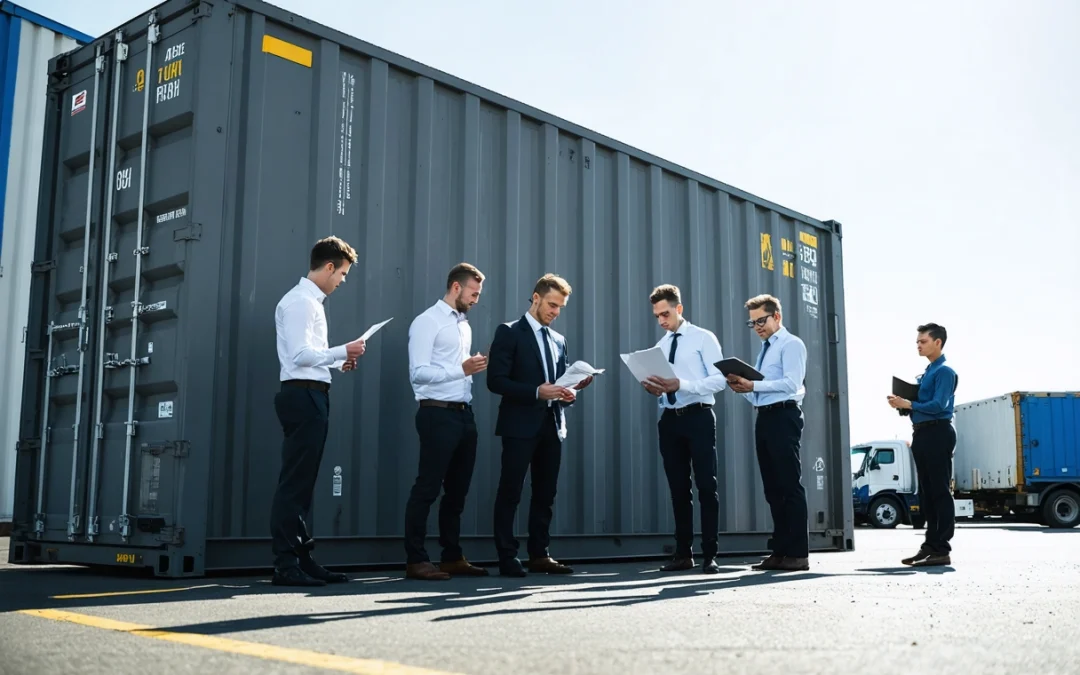Future-Proof Your Business: The Role of On-site Storage Containers in Business Continuity Planning
In today’s rapidly evolving business landscape, continuity planning has become a cornerstone for organizations determined to weather any storm, be it economic downturns, natural disasters, or operational disruptions. One often overlooked yet highly effective tool for enhancing business resilience is the strategic use of on-site storage containers. These robust, versatile units are transforming the way companies approach risk mitigation, resource management, and rapid recovery. In this comprehensive guide, we explore how on-site storage containers can play a pivotal role in business continuity planning, ensuring your enterprise remains agile, prepared, and competitive regardless of what the future holds.
Understanding Business Continuity Planning (BCP)
Business Continuity Planning (BCP) is the proactive process of identifying potential threats to an organization and developing strategies to ensure that critical operations continue during and after a disruptive event. The core objective is to minimize the impact of interruptions and enable swift recovery. BCP encompasses various components, including risk assessments, resource allocation, emergency communication, and recovery protocols.
A well-crafted continuity plan is not just a document; it’s an operational mindset that empowers businesses to respond effectively to unforeseen events. According to the U.S. Department of Homeland Security’s guidelines on business continuity, having accessible, secure, and flexible resources is central to maintaining operational stability during a crisis. On-site storage containers align perfectly with these requirements, offering businesses a tangible asset in their continuity arsenal.
The Strategic Advantages of On-site Storage Containers
On-site storage containers are no longer limited to construction sites or shipping yards. Modern businesses across industries are leveraging these modular units for an array of strategic purposes. Here’s why they are becoming indispensable in BCP frameworks:
- Security and Protection: Storage containers are constructed from durable materials, often steel, which provide a secure environment to store valuable assets, inventory, records, and emergency supplies. Their resistance to harsh weather and vandalism helps safeguard critical resources during adverse conditions.
- Mobility and Flexibility: Unlike fixed storage facilities, containers can be relocated as needed, enabling businesses to adapt to changing circumstances. This mobility is especially valuable during site relocations or temporary expansions.
- Cost-Effectiveness: Investing in or renting on-site storage containers is typically more affordable than building or leasing additional brick-and-mortar storage space. They offer a scalable solution that can grow with your business needs.
- Rapid Deployment: In an emergency, time is of the essence. Containers can be delivered and installed quickly, providing immediate storage solutions when it matters most.
- Regulatory Compliance: Many industries are subject to regulations regarding the storage of sensitive materials or documents. On-site containers can be equipped with features to meet compliance requirements, such as lockboxes, ventilation, and fireproofing.
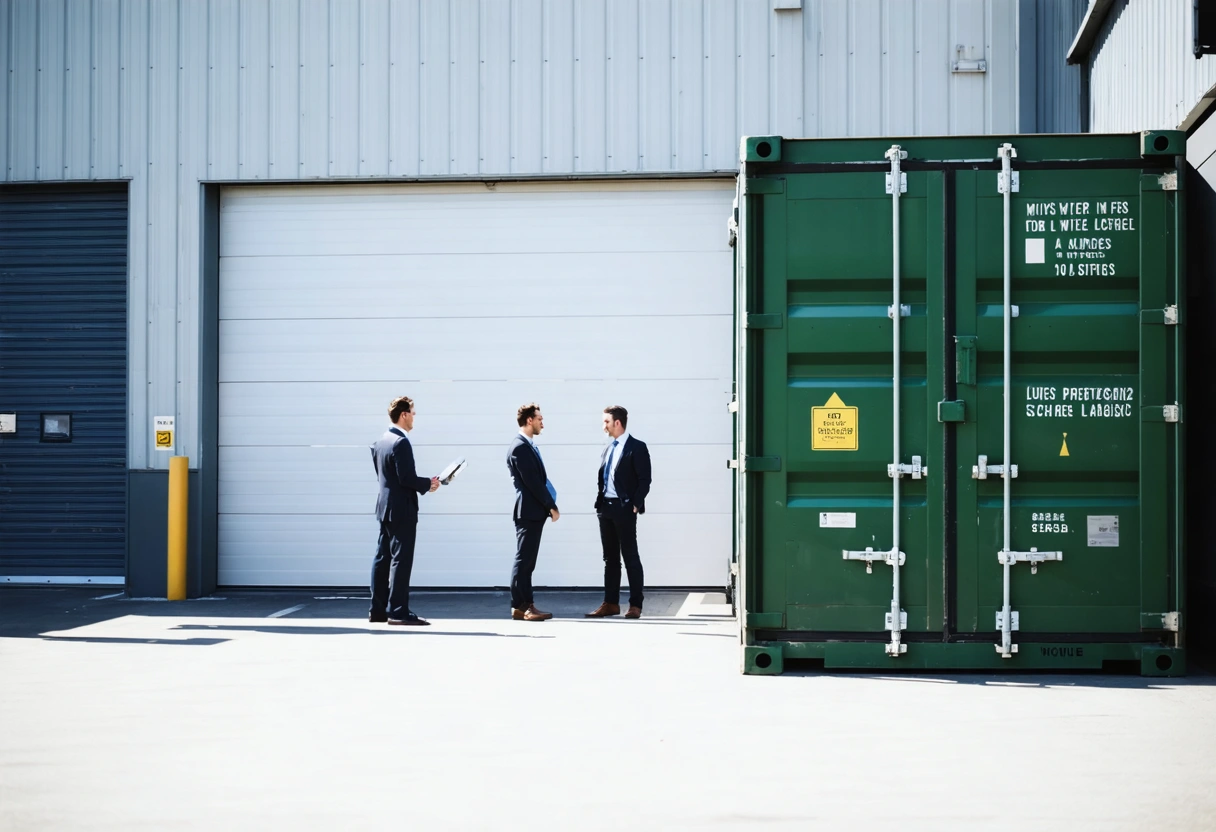
Use Cases: How Businesses Integrate On-site Storage Containers in Continuity Plans
The versatility of on-site storage containers extends to a wide range of applications within business continuity planning. Let’s examine some practical scenarios:
1. Emergency Supply Storage
In the event of a disruption, having immediate access to emergency supplies is critical. Businesses can use containers to store backup generators, first aid kits, personal protective equipment, and essential tools. For example, during severe weather events, retail chains may utilize containers at distribution centers to stockpile sandbags, bottled water, and non-perishable foods, ensuring a rapid response and uninterrupted operations.
2. Data and Document Protection
Protecting sensitive documents and digital assets is a top priority for many organizations. Containers equipped with climate control and enhanced security can serve as temporary data centers, safeguarding backup servers and paper records against fire, flooding, or unauthorized access. The National Institute of Standards and Technology’s (NIST) guidelines on data protection underscore the importance of physical security, making containers a practical component of a robust data continuity strategy.
3. Temporary Workspace Solutions
Disasters such as fires, floods, or power outages can render office spaces unusable. Modified storage containers can be transformed into temporary offices, break rooms, or meeting spaces, allowing employees to continue working on-site or nearby. This minimizes downtime and maintains productivity during recovery efforts.
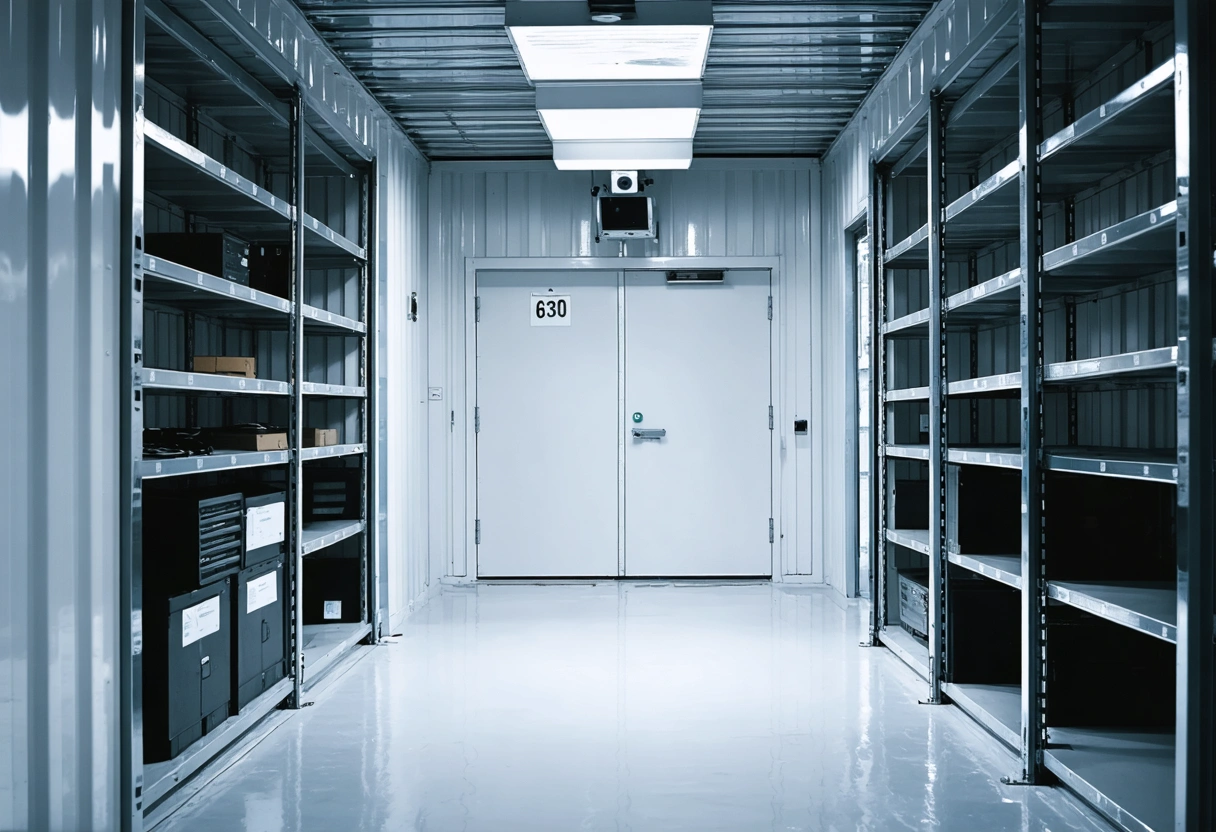
4. Inventory Management and Overflow Storage
Supply chain disruptions and seasonal demand spikes can strain existing storage capacities. On-site containers provide a flexible way to store excess inventory, raw materials, or finished goods. Manufacturing firms, for instance, often use containers to buffer against supply chain delays, ensuring production lines remain operational even when regular shipments are delayed.
5. Equipment and Asset Security
During periods of transition or renovation, expensive equipment and tools are particularly vulnerable. Secure containers can be stationed at the premises to house these assets, reducing the risk of theft or damage. The Occupational Safety and Health Administration (OSHA) provides resources on securing jobsite tools and equipment, highlighting the value of robust storage solutions during business interruptions.
Key Features to Consider When Selecting On-site Storage Containers
Choosing the right storage container is essential to maximizing its benefits for business continuity planning. Here are critical features to consider:
- Size and Capacity: Containers come in various sizes, typically ranging from 10 to 40 feet in length. Assess your storage requirements and select a size that accommodates your needs without occupying excessive space on-site.
- Security Enhancements: Look for containers with reinforced doors, tamper-proof locks, and alarm systems. Some models offer additional security features such as CCTV integration or access control systems.
- Climate Control: For sensitive items, containers with insulation, HVAC systems, or dehumidifiers are vital to prevent damage from temperature fluctuations and humidity.
- Customization Options: Modern containers can be outfitted with shelves, racks, lighting, and electrical outlets. This adaptability allows for tailored storage solutions aligned with your business continuity plan.
- Compliance Features: Depending on your industry, you may need containers that meet specific fire safety, hazardous material, or accessibility standards.
Consulting with storage experts and referencing resources like the EPA’s guidelines on storage container compliance can help ensure you select a unit that meets your operational and regulatory needs.
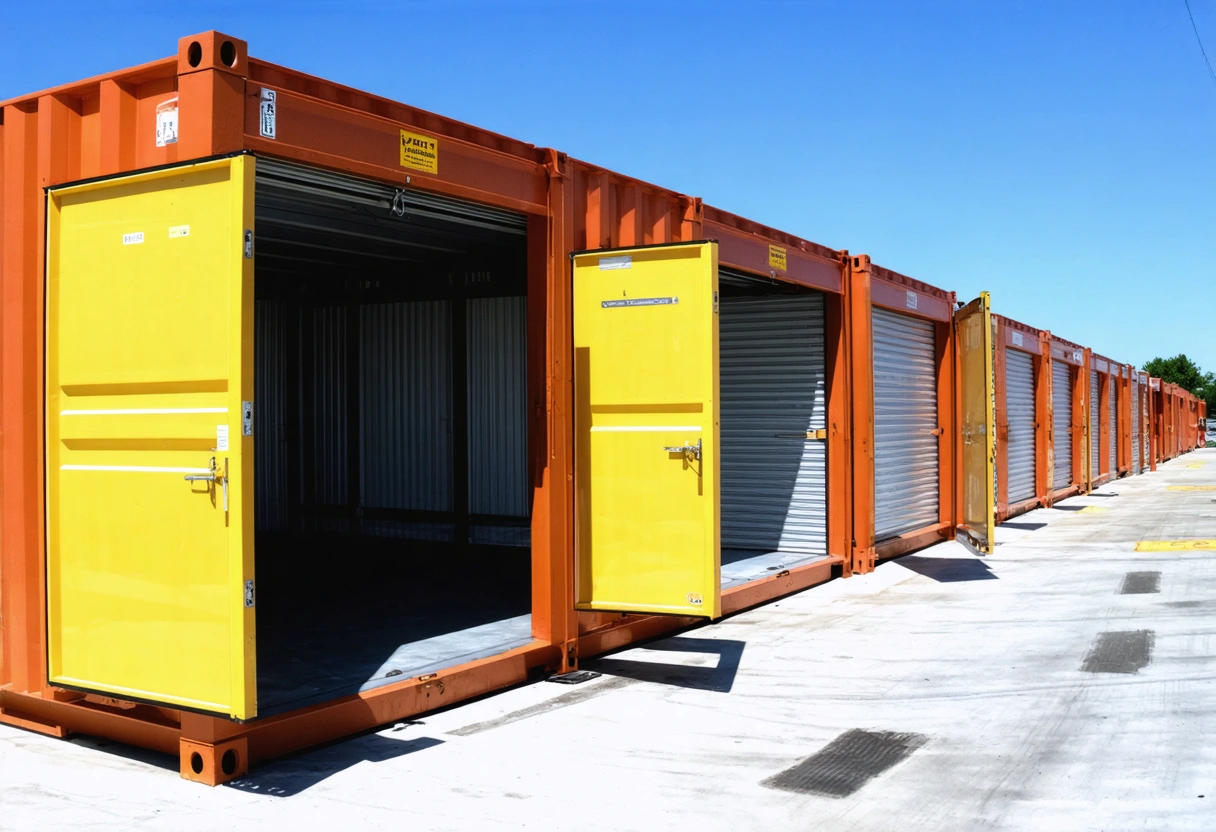
Integrating Storage Containers into a Comprehensive BCP
Incorporating on-site storage containers into your business continuity plan requires careful coordination and strategic foresight. Here’s how to ensure seamless integration:
1. Risk Assessment and Site Planning
Begin by identifying potential threats that could disrupt operations and evaluating how on-site storage containers can mitigate those risks. Analyze your site’s layout to determine optimal container placement, considering factors such as accessibility, security, and proximity to essential infrastructure.
2. Inventory and Resource Allocation
Maintain a detailed inventory of items stored in each container, updating records regularly. This ensures that crucial resources are easy to locate and deploy during an emergency. Effective labeling and organization systems, such as color-coded shelving, further streamline access.
3. Regular Maintenance and Inspections
To guarantee readiness, conduct routine inspections and maintenance of containers. Check for signs of wear, leaks, or security breaches, and ensure climate control systems are functioning properly. Proactive upkeep extends the lifespan of your containers and preserves the integrity of stored assets.
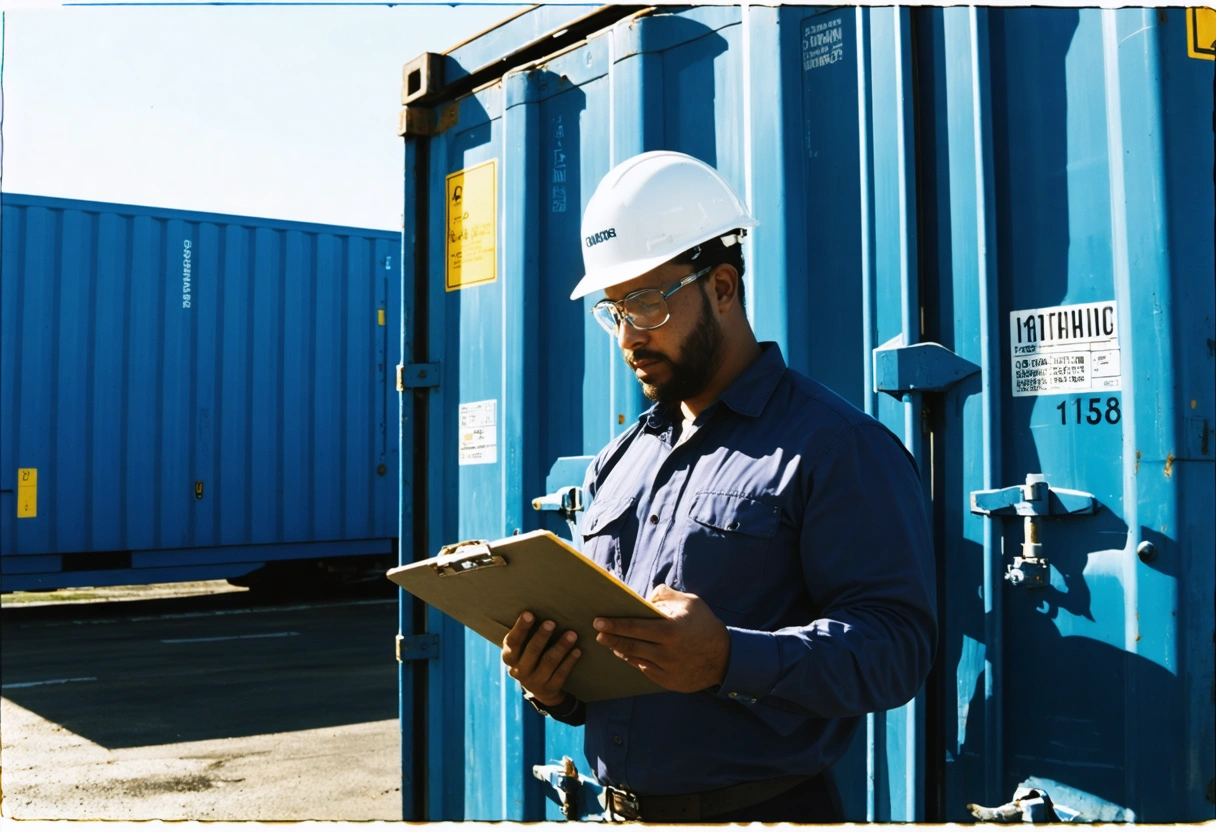
4. Staff Training and Communication
Equip employees with the knowledge to safely access and utilize containers in various scenarios. Training should cover emergency procedures, inventory management, and reporting protocols. Transparent communication ensures that all staff members understand their roles in the event of a disruption.
5. Periodic Plan Reviews and Testing
Business continuity plans should be living documents, regularly updated to reflect new risks, technologies, and operational changes. Schedule periodic drills and reviews to test the effectiveness of your storage container strategy. Feedback from these exercises will reveal opportunities for improvement.
Real-World Success Stories: On-site Storage Containers in Action
Numerous organizations have harnessed the power of on-site storage containers to enhance their business continuity efforts. For example, during the 2020 COVID-19 pandemic, many healthcare providers used modified containers as temporary testing facilities and PPE storage units, ensuring uninterrupted patient care.
Retailers facing supply chain constraints adopted containers as overflow storage for critical inventory, preventing stockouts and maintaining customer satisfaction. Manufacturing plants in hurricane-prone regions routinely deploy containers to safeguard machinery and raw materials, reducing recovery times after severe weather events. These real-world examples underscore the adaptability and effectiveness of on-site storage solutions.
For deeper insights into how organizations prepare for and respond to disruptions, review the FEMA Business Continuity Planning Suite, which provides practical tools and case studies for business owners.
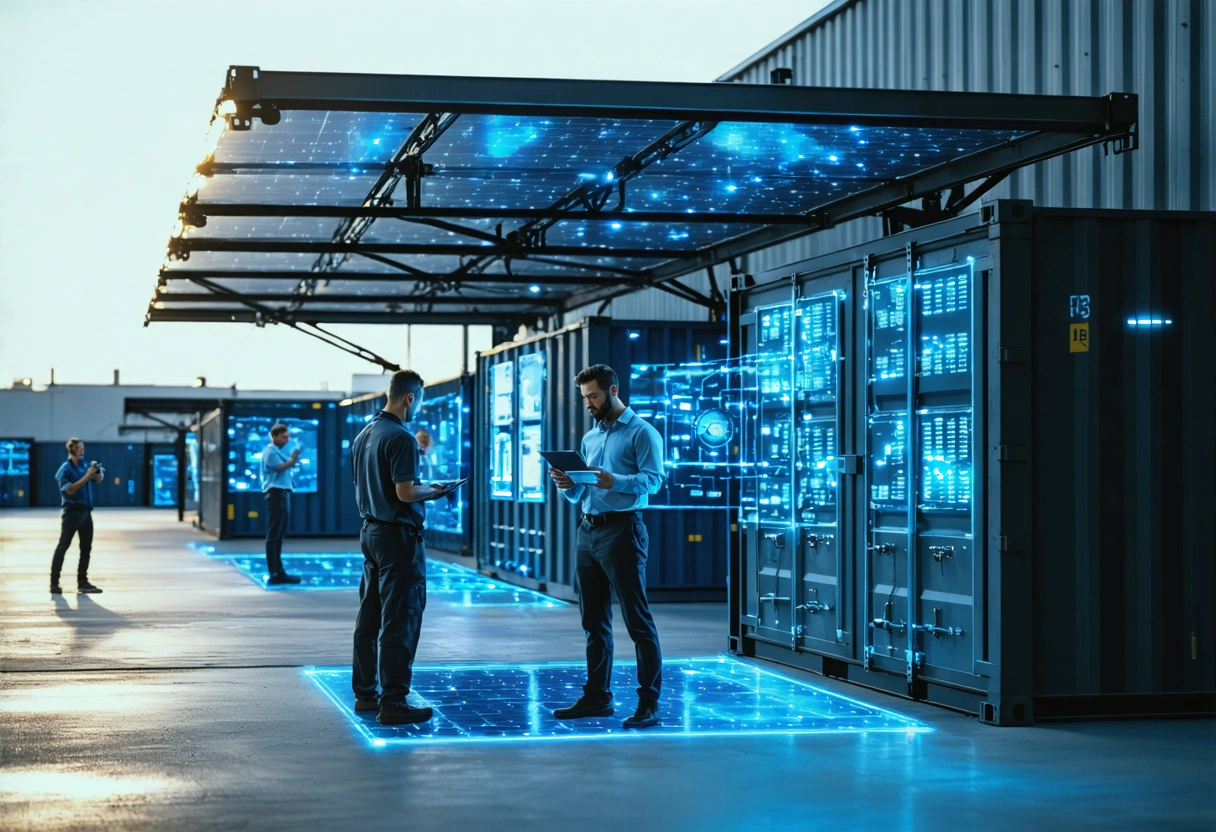
Future Trends: Evolving Role of Storage Containers in Business Resilience
As businesses navigate an increasingly complex risk landscape, the role of on-site storage containers is poised to evolve. Innovations in container design, such as smart monitoring systems and eco-friendly materials, are making these units even more valuable. Companies are also exploring modular container complexes that serve as multi-functional hubs for storage, operations, and emergency response.
The integration of Internet of Things (IoT) technologies enables real-time tracking of inventory, monitoring of temperature and humidity, and remote access control. These advancements not only streamline routine operations but also bolster disaster preparedness and recovery efforts.
Sustainability is another emerging focus. Businesses are selecting containers made from recycled materials and implementing solar-powered climate control systems, aligning continuity planning with environmental goals. Explore the latest research on sustainable practices in modular storage to discover new ways to future-proof your business.
Making On-site Storage Containers a Cornerstone of Your Business Continuity Plan
In the face of uncertainty, preparation is your greatest asset. On-site storage containers offer a practical, cost-effective, and highly adaptable solution for safeguarding assets, managing resources, and ensuring uninterrupted operations during disruptions. When integrated thoughtfully into your business continuity planning, these containers not only mitigate risks but also provide the agility to seize new opportunities as they arise.
By leveraging modern storage container solutions and staying informed about industry best practices, your business can thrive amid adversity and emerge stronger from any challenge. Begin evaluating your current continuity strategy today, and consider how on-site storage containers can enhance your organization’s resilience for years to come.
Need help with Future-Proof Your Business: The Role of On-site Storage Containers in Business Continuity Planning?


